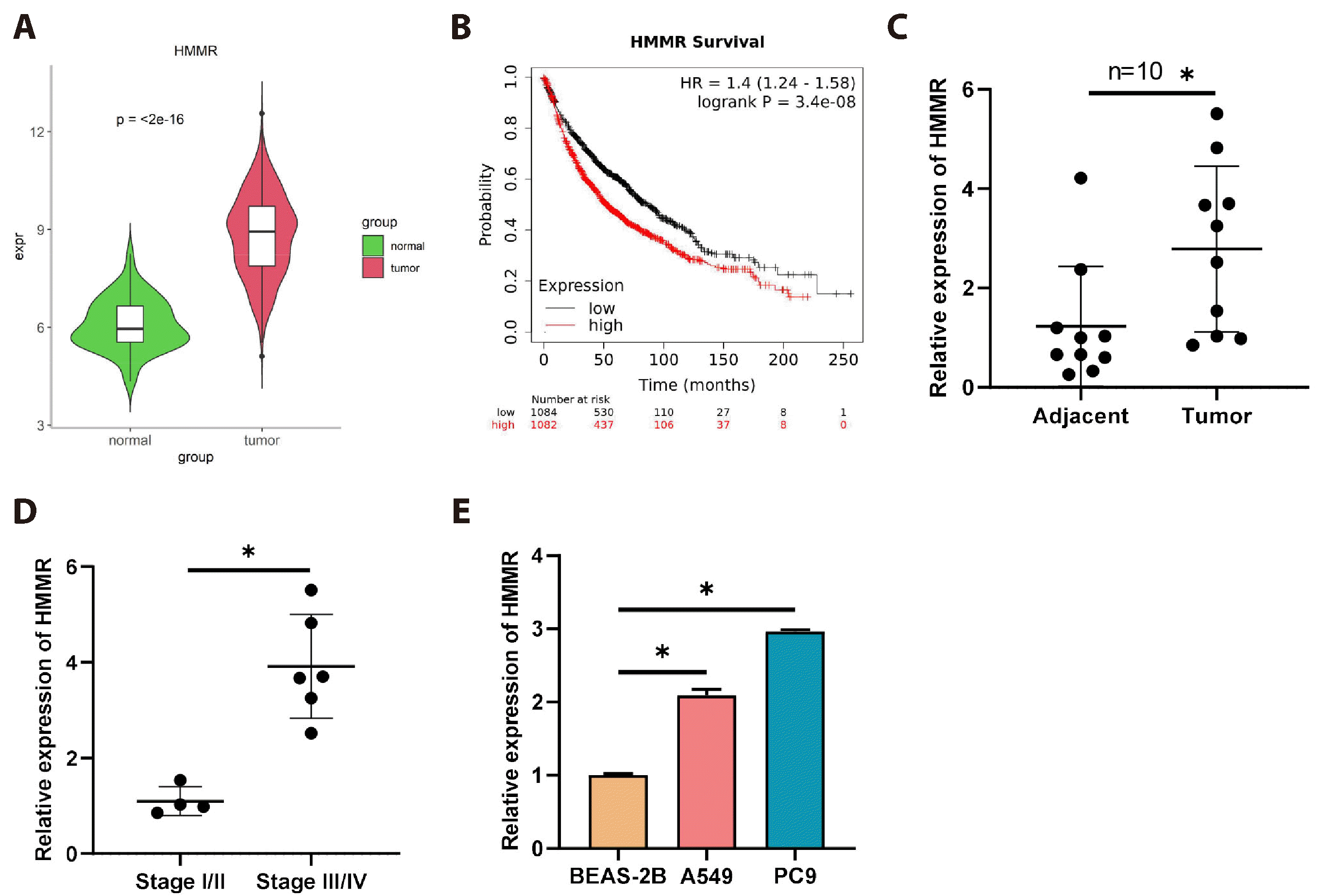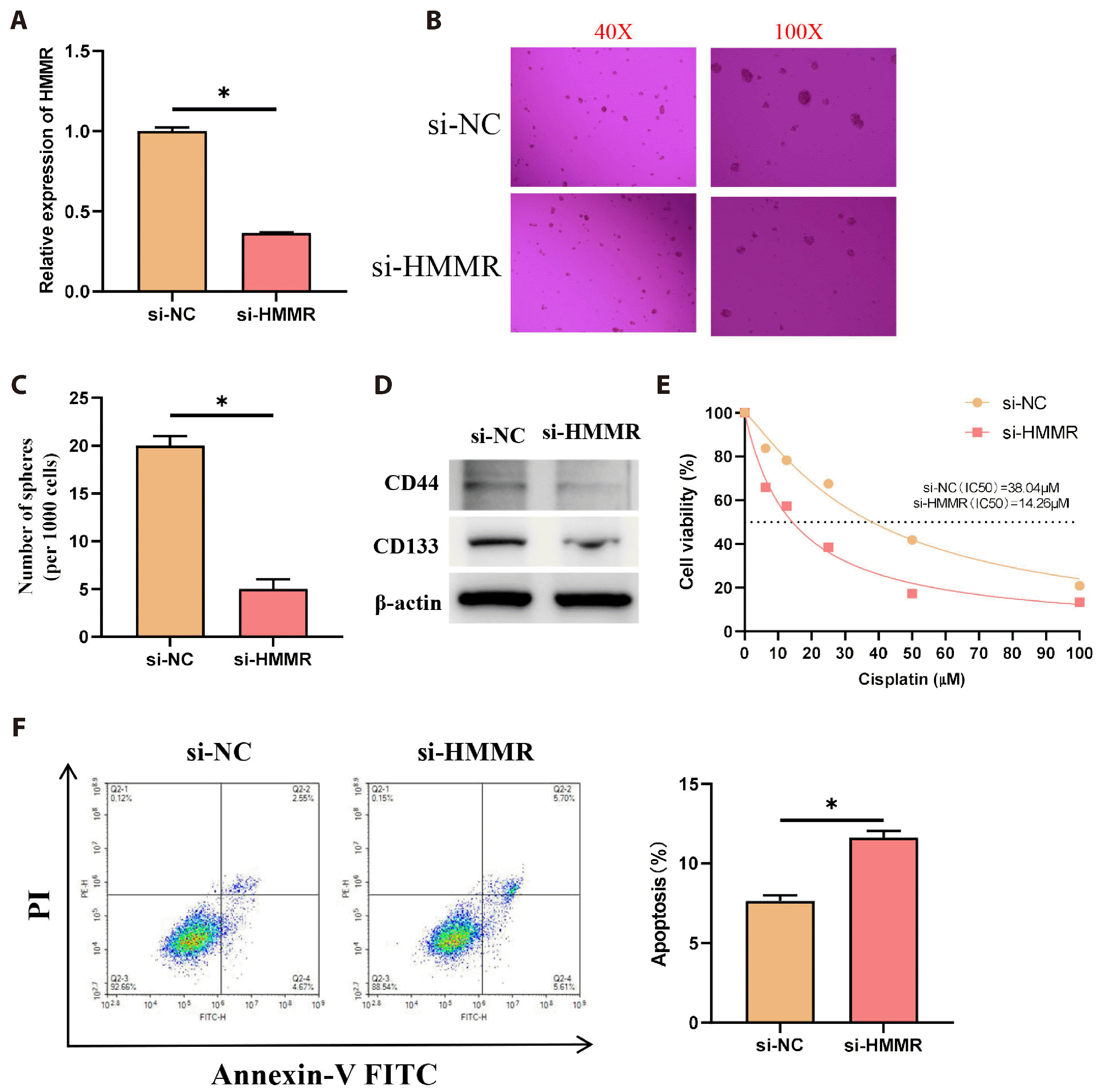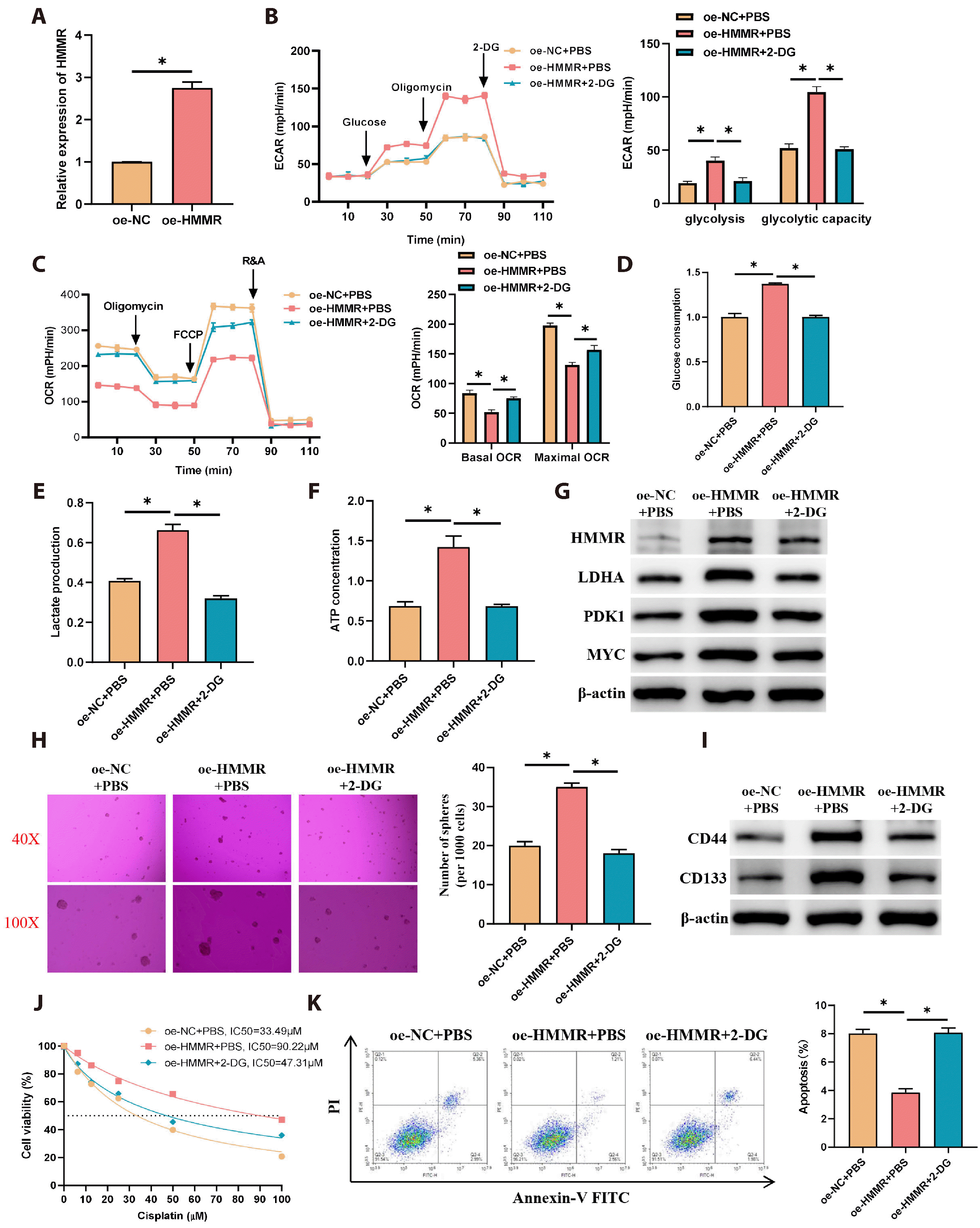1. Sung H, Ferlay J, Siegel RL, Laversanne M, Soerjomataram I, Jemal A, Bray F. 2021; Global cancer statistics 2020: GLOBOCAN estimates of incidence and mortality worldwide for 36 cancers in 185 countries. CA Cancer J Clin. 71:209–249. DOI:
10.3322/caac.21660. PMID:
33538338.

2. Oncology Society of Chinese Medical Association; Chinese Medical Association Publishing House. 2022; [Chinese Medical Association guideline for clinical diagnosis and treatment of lung cancer (2022 edition)]. Zhonghua Zhong Liu Za Zhi. 44:457–490. Chinese.
4. Gupta C, Jaipuria A, Gupta N. 2022; Inhalable formulations to treat non-small cell lung cancer (NSCLC): recent therapies and developments. Pharmaceutics. 15:139. DOI:
10.3390/pharmaceutics15010139. PMID:
36678768. PMCID:
PMC9861595.

5. Li P, Yuan H, Kuang X, Zhang T, Ma L. 2022; Network module function enrichment analysis of lung squamous cell carcinoma and lung adenocarcinoma. Medicine (Baltimore). 101:e31798. DOI:
10.1097/MD.0000000000031798. PMID:
36451444.

6. Luo M, Kong D, Pei D, Jin X, Liu D. 2019; LncRNA CASC2 inhibits proliferation and migration of adenocarcinoma cells via miR-4735-3p and mTOR. J Cell Biochem. 120:7506–7515. DOI:
10.1002/jcb.28025.

7. Kuribayashi K, Funaguchi N, Nakano T. 2016; Chemotherapy for advanced non-small cell lung cancer with a focus on squamous cell carcinoma. J Cancer Res Ther. 12:528–534. DOI:
10.4103/0973-1482.174185. PMID:
27461605.

8. Xu Z, Hao X, Lin L, Li J, Xing P. 2021; Concurrent chemotherapy and first-generation epidermal growth factor receptor (EGFR)-tyrosine kinase inhibitors (TKIs) with or without an antiangiogenic agent as first-line treatment in advanced lung adenocarcinoma harboring an EGFR mutation. Thorac Cancer. 12:2233–2240. DOI:
10.1111/1759-7714.14057. PMID:
34180588.

10. Wang L, Zhao X, Fu J, Xu W, Yuan J. 2021; The role of tumour metabolism in cisplatin resistance. Front Mol Biosci. 8:691795. DOI:
10.3389/fmolb.2021.691795. PMID:
34250022.

11. Zhang X, Zhao H, Li Y, Xia D, Yang L, Ma Y, Li H. 2018; The role of YAP/TAZ activity in cancer metabolic reprogramming. Mol Cancer. 17:134. DOI:
10.1186/s12943-018-0882-1. PMCID:
PMC6122186.

12. Pekel G, Ari F. 2020; Therapeutic targeting of cancer metabolism with triosephosphate isomerase. Chem Biodivers. 17:e2000012. DOI:
10.1002/cbdv.202000012. PMID:
32180338.

13. Wang J, Zhang HM, Dai ZT, Huang Y, Liu H, Chen Z, Wu Y, Liao XH. 2022; MKL-1-induced PINK1-AS overexpression contributes to the malignant progression of hepatocellular carcinoma via ALDOA-mediated glycolysis. Sci Rep. 12:21283. DOI:
10.1038/s41598-022-24023-w. PMID:
36494481. PMCID:
PMC9734095.

14. Zhou B, Lei JH, Wang Q, Qu TF, Cha LC, Zhan HX, Liu SL, Hu X, Sun CD, Cao JY, Qiu FB, Guo WD. 2022; LINC00960 regulates cell proliferation and glycolysis in pancreatic cancer through the miR-326-3p/TUFT1/AKT-mTOR axis. Kaohsiung J Med Sci. 38:1155–1167. DOI:
10.1002/kjm2.12594.

15. Ye T, Liang Y, Zhang D, Zhang X. 2021; Corrigendum: MicroRNA-16-1-3p represses breast tumor growth and metastasis by inhibiting PGK1-mediated Warburg effect. Front Cell Dev Biol. 9:649787. DOI:
10.3389/fcell.2021.649787. PMID:
33553193. PMCID:
PMC7861198.

16. Ye T, Liang Y, Zhang D, Zhang X. 2020; MicroRNA-16-1-3p represses breast tumor growth and metastasis by inhibiting PGK1-mediated Warburg effect. Front Cell Dev Biol. 8:615154. DOI:
10.3389/fcell.2020.615154. PMID:
33344462.

17. Lin J, Xia L, Oyang L, Liang J, Tan S, Wu N, Yi P, Pan Q, Rao S, Han Y, Tang Y, Su M, Luo X, Yang Y, Chen X, Yang L, Zhou Y, Liao Q. 2022; The POU2F1-ALDOA axis promotes the proliferation and chemoresistance of colon cancer cells by enhancing glycolysis and the pentose phosphate pathway activity. Oncogene. 41:1024–1039. DOI:
10.1038/s41388-021-02148-y. PMID:
34997215. PMCID:
PMC8837540.

18. Wang D, Zhang P, Liu Z, Xing' Y, Xiao Y. 2022; NXPH4 promotes gemcitabine resistance in bladder cancer by enhancing reactive oxygen species and glycolysis activation through modulating NDUFA4L2. Cancers (Basel). 14:3782. DOI:
10.3390/cancers14153782. PMID:
35954445. PMCID:
PMC9367313.

19. Enemark MB, Hybel TE, Madsen C, Lauridsen KL, Honoré B, Plesner TL, Hamilton-Dutoit S, d'Amore F, Ludvigsen M. 2022; Tumor-tissue expression of the hyaluronic acid receptor RHAMM predicts histological transformation in follicular lymphoma patients. Cancers (Basel). 14:1316. DOI:
10.3390/cancers14051316. PMID:
35267625. PMCID:
PMC8909114.

20. He Z, Mei L, Connell M, Maxwell CA. 2020; Hyaluronan mediated motility receptor (HMMR) encodes an evolutionarily conserved homeostasis, mitosis, and meiosis regulator rather than a hyaluronan receptor. Cells. 9:819. DOI:
10.3390/cells9040819. PMID:
32231069. PMCID:
PMC7226759.

21. Zhang H, Li L, Wang D. 2022; Increased expression of HMMR in renal cell carcinoma is an independent prognostic factor. Oncol Lett. 25:28. DOI:
10.3892/ol.2022.13614.

22. Shabir A, Qayoom H, Haq BU, Abo Mansoor A, Abdelrahim A, Ahmad I, Almilabairy A, Ahmad F, Mir MA. 2024; Exploring HMMR as a therapeutic frontier in breast cancer treatment, its interaction with various cell cycle genes, and targeting its overexpression through specific inhibitors. Front Pharmacol. 15:1361424. Erratum in:
Front Pharmacol. 2024;15:1443537. DOI:
10.3389/fphar.2024.1361424. PMID:
38576486. PMCID:
PMC10991682.

23. Wang Q, Wu G, Fu L, Li Z, Wu Y, Zhu T, Yu G. 2023; Tumor-promoting roles of HMMR in lung adenocarcinoma. Mutat Res. 826:111 811. DOI:
10.1016/j.mrfmmm.2022.111811. PMID:
36603370.

24. Ma X, Xie M, Xue Z, Yao J, Wang Y, Xue X, Wang J. 2022; HMMR associates with immune infiltrates and acts as a prognostic biomaker in lung adenocarcinoma. Comput Biol Med. 151:106213. DOI:
10.1016/j.compbiomed.2022.106213. PMID:
36306573.

25. Li Z, Fei H, Lei S, Hao F, Yang L, Li W, Zhang L, Fei R. 2021; Identification of HMMR as a prognostic biomarker for patients with lung adenocarcinoma
via integrated bioinformatics analysis. PeerJ. 9:e12624. DOI:
10.7717/peerj.12624. PMID:
35036134. PMCID:
PMC8710063.
26. Tilghman J, Wu H, Sang Y, Shi X, Guerrero-Cazares H, Quinones-Hinojosa A, Eberhart CG, Laterra J, Ying M. 2014; HMMR maintains the stemness and tumorigenicity of glioblastoma stem-like cells. Cancer Res. 74:3168–3179. DOI:
10.1158/0008-5472.CAN-13-2103. PMID:
24710409. PMCID:
PMC4059010.

27. Hinneh JA, Gillis JL, Mah CY, Irani S, Shrestha RK, Ryan NK, Atsushi E, Nassar ZD, Lynn DJ, Selth LA, Kato M, Centenera MM, Butler LM. 2023; Targeting hyaluronan-mediated motility receptor (HMMR) enhances response to androgen receptor signalling inhibitors in prostate cancer. Br J Cancer. 129:1350–1361. DOI:
10.1038/s41416-023-02406-8. PMCID:
PMC10575850.

28. Rong H, Chen B, Wei X, Peng J, Ma K, Duan S, He J. 2020; Long non-coding RNA XIST expedites lung adenocarcinoma progression through upregulating MDM2 expression via binding to miR-363-3p. Thorac Cancer. 11:659–671. DOI:
10.1111/1759-7714.13310. PMID:
31968395. PMCID:
PMC7049521.

29. Han X, Han Y, Tan Q, Huang Y, Yang J, Yang S, He X, Zhou S, Song Y, Pi J, Zuo L, Yao J, Wu D, Zhang Z, Shi Y. 2019; Tracking longitudinal genetic changes of circulating tumor DNA (ctDNA) in advanced lung adenocarcinoma treated with chemotherapy. J Transl Med. 17:339. DOI:
10.1186/s12967-019-2087-9. PMID:
31597567.

30. Jiang K, Lin G, Zheng X, Zheng X, Long F. 2022; The comparison of chemotherapy and treatments according to NGS results in advanced lung adenocarcinoma patients resistant to EGFR-TKIs. J Clin Oncol. 40:e21082–e21082. DOI:
10.1200/JCO.2022.40.16_suppl.e21082.

31. Li J, Kou Y, Zhang X, Xiao X, Ou Y, Cao L, Guo M, Qi C, Wang Z, Liu Y, Shuai Q, Wang H, Yang S. 2022; Biochanin A inhibits lung adenocarcinoma progression by targeting ZEB1. Discov Oncol. 13:138. DOI:
10.1007/s12672-022-00601-2. PMID:
36512117. PMCID:
PMC9748019.

32. Ye S, Liu Y, Fuller AM, Katti R, Ciotti GE, Chor S, Alam MZ, Devalaraja S, Lorent K, Weber K, Haldar M, Pack MA, Eisinger-Mathason TSK. 2020; TGFβ and hippo pathways cooperate to enhance sarcomagenesis and metastasis through the hyaluronan-mediated motility receptor (HMMR). Mol Cancer Res. 18:560–573. DOI:
10.1158/1541-7786.MCR-19-0877. PMID:
31988250.

33. Yang M, Chen B, Kong L, Chen X, Ouyang Y, Bai J, Yu D, Zhang H, Li X, Zhang D. 2022; HMMR promotes peritoneal implantation of gastric cancer by increasing cell-cell interactions. Discov Oncol. 13:81. DOI:
10.1007/s12672-022-00543-9. PMID:
36002694. PMCID:
PMC9402864.

34. Jiang X, Tang L, Yuan Y, Wang J, Zhang D, Qian K, Cho WC, Duan L. 2022; NcRNA-mediated high expression of
HMMR as a prognostic biomarker correlated with cell proliferation and cell migration in lung adenocarcinoma. Front Oncol. 12:846536. DOI:
10.3389/fonc.2022.846536. PMID:
35311097. PMCID:
PMC8927766.

35. Li W, Pan T, Jiang W, Zhao H. 2020; HCG18/miR-34a-5p/HMMR axis accelerates the progression of lung adenocarcinoma. Biomed Pharmacother. 129:110217. DOI:
10.1016/j.biopha.2020.110217. PMID:
32559619.

36. Wang L, Zhai D, Tang L, Zhang H, Wang X, Ma N, Zhang X, Cheng M, Shen R. 2024; FOXM1 mediates methotrexate resistance in osteosarcoma cells by promoting autophagy. Acta Biochim Biophys Sin (Shanghai). 56:1289–1299. DOI:
10.3724/abbs.2024084. PMID:
39086352. PMCID:
PMC11532242.

37. Zhang H, Ren L, Ding Y, Li F, Chen X, Ouyang Y, Zhang Y, Zhang D. 2019; Hyaluronan-mediated motility receptor confers resistance to chemotherapy
via TGFβ/Smad2-induced epithelial-mesenchymal transition in gastric cancer. FASEB J. 33:6365–6377. DOI:
10.1096/fj.201802186R.

38. Naik PP, Panigrahi S, Parida R, Praharaj PP, Bhol CS, Patil S, Manjunath N, Ghosh D, Patra SK, Bhutia SK. 2022; Metabostemness in cancer: linking metaboloepigenetics and mitophagy in remodeling cancer stem cells. Stem Cell Rev Rep. 18:198–213. DOI:
10.1007/s12015-021-10216-9. PMID:
34355273.

39. Parte SC, Batra SK, Kakar SS. 2018; Characterization of stem cell and cancer stem cell populations in ovary and ovarian tumors. J Ovarian Res. 11:69. DOI:
10.1186/s13048-018-0439-3. PMCID:
PMC6098829.

40. Lai J, Lin X, Zheng H, Xie B, Fu D. 2023; Characterization of stemness features and construction of a stemness subtype classifier to predict survival and treatment responses in lung squamous cell carcinoma. BMC Cancer. 23:525. DOI:
10.1186/s12885-023-10918-y. PMID:
37291533.

41. Sheng X, Li Y, Li Y, Liu W, Lu Z, Zhan J, Xu M, Chen L, Luo X, Cai G, Zhang S. 2019; PLOD2 contributes to drug resistance in laryngeal cancer by promoting cancer stem cell-like characteristics. BMC Cancer. 19:840. DOI:
10.1186/s12885-019-6029-y. PMID:
31455288. PMCID:
PMC6712771.

42. Wu C, Zheng C, Chen S, He Z, Hua H, Sun C, Yu C. 2023; FOXQ1 promotes pancreatic cancer cell proliferation, tumor stemness, invasion and metastasis through regulation of LDHA-mediated aerobic glycolysis. Cell Death Dis. 14:699. DOI:
10.1038/s41419-023-06207-y. PMID:
37875474. PMCID:
PMC10598070.

43. Cao X, Cao Y, Zhao H, Wang P, Zhu Z. 2023; Prolyl 4-hydroxylase P4HA1 mediates the interplay between glucose metabolism and stemness in pancreatic cancer cells. Curr Stem Cell Res Ther. 18:712–719. DOI:
10.2174/1574888X17666220827113434. PMID:
36043766.

46. Huang Y, Zhao W, Ouyang X, Wu F, Tao Y, Shi M. 2021; Monoamine oxidase A inhibits lung adenocarcinoma cell proliferation by abrogating aerobic glycolysis. Front Oncol. 11:645821. DOI:
10.3389/fonc.2021.645821. PMID:
33763378. PMCID:
PMC7982599.

47. Liu P, Sun SJ, Ai YJ, Feng X, Zheng YM, Gao Y, Zhang JY, Zhang L, Sun YP, Xiong Y, Lin M, Yuan HX. 2022; Elevated nuclear localization of glycolytic enzyme TPI1 promotes lung adenocarcinoma and enhances chemoresistance. Cell Death Dis. 13:205. DOI:
10.1038/s41419-022-04655-6. PMID:
35246510. PMCID:
PMC8897412.

48. Gong T, Cui L, Wang H, Wang H, Han N. 2018; Knockdown of KLF5 suppresses hypoxia-induced resistance to cisplatin in NSCLC cells by regulating HIF-1α-dependent glycolysis through inactivation of the PI3K/Akt/mTOR pathway. J Transl Med. 16:164. DOI:
10.1186/s12967-018-1543-2. PMCID:
PMC6000925.

49. He S, Ma X, Zheng N, Wang G, Wang M, Xia W, Yu D. 2021; PRDM14 mediates chemosensitivity and glycolysis in drugresistant A549/cisplatin cells and their progenitor A549 human lung adenocarcinoma cells. Mol Med Rep. 23:149. DOI:
10.3892/mmr.2020.11788. PMCID:
PMC7789100.

50. Zhang X, Huang D, Li K, Han C, Li H, Li C, Liu L. 2023; Hmmr acts as a key regulator in the ADSCs proliferation and mitosis. Stem Cell Rev Rep. 19:1937–1953. DOI:
10.1007/s12015-023-10563-9. PMID:
37222947.

51. Connell M, Chen H, Jiang J, Kuan CW, Fotovati A, Chu TL, He Z, Lengyell TC, Li H, Kroll T, Li AM, Goldowitz D, Frappart L, Ploubidou A, Patel MS, Pilarski LM, Simpson EM, Lange PF, Allan DW, Maxwell CA. 2017;
HMMR acts in the PLK1-dependent spindle positioning pathway and supports neural development. Elife. 6:e28672. DOI:
10.7554/eLife.28672. PMID:
28994651. PMCID:
PMC5681225.

52. Chen YJ, Tseng SC, Chen PT, Hwang E. 2024; The non-mitotic role of HMMR in regulating the localization of TPX2 and the dynamics of microtubules in neurons. Elife. 13:RP94547. DOI:
10.7554/eLife.94547. PMID:
38904660.









 PDF
PDF Citation
Citation Print
Print


 XML Download
XML Download